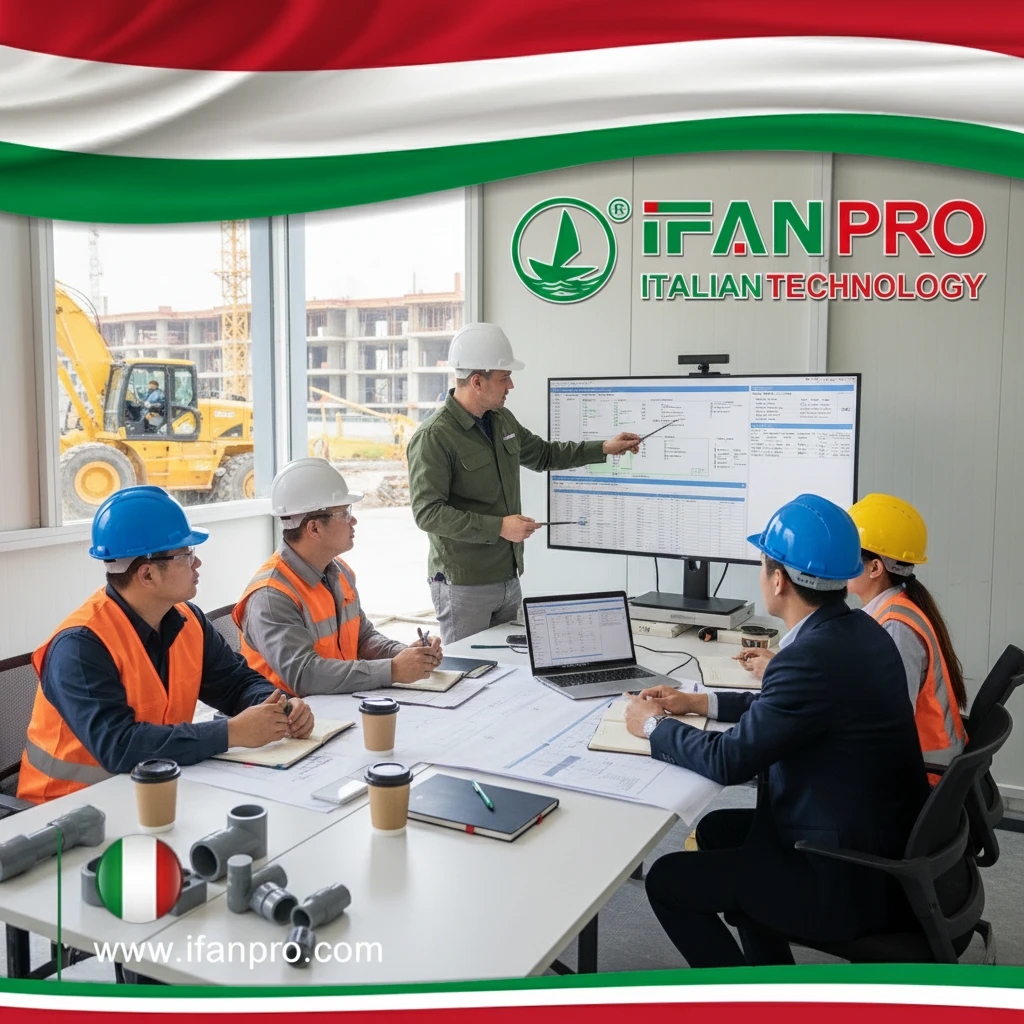Введение
Copper pipes offer several environmental advantages. They provide durability, recyclability, and contribute to sustainable practices. This article explores the environmental benefits of using copper pipes in plumbing and construction.
Longevity and Durability
Extended Lifespan Copper pipes last for decades, reducing the need for frequent replacements. This longevity minimizes resource consumption and waste generation.
Устойчивость к коррозии Copper resists corrosion, maintaining water quality and reducing the risk of leaks. This resistance extends the lifespan of plumbing systems.
Возможность вторичной переработки
High Recyclability Rate Copper boasts a high recyclability rate, with nearly 100% of copper materials being recyclable. This reduces the demand for new raw materials.
Energy Savings Recycling copper consumes less energy than extracting and refining new copper. This process lowers carbon emissions and conserves natural resources.
Reduced Environmental Impact
Lower Carbon Footprint Copper production generates fewer greenhouse gases compared to some other materials. The lower carbon footprint contributes to environmental sustainability.
Minimal Toxicity Copper poses minimal toxicity risks to the environment. It doesn’t release harmful chemicals, ensuring safer water systems and ecosystems.
Energy Efficiency
Thermal Conductivity Copper’s excellent thermal conductivity improves energy efficiency in heating systems. Efficient heat transfer reduces energy consumption and operating costs.
Compatibility with Renewable Energy Systems Copper pipes work well with solar and geothermal heating systems. Their compatibility enhances the effectiveness of renewable energy solutions.
Health and Safety
Biostatic Properties Copper’s biostatic properties prevent the growth of harmful bacteria. This ensures safer drinking water and reduces health risks.
Chemical-Free Maintenance Copper pipes require minimal chemical treatments for maintenance. This reduces the environmental impact of harmful chemicals entering water systems.
Sustainable Sourcing
Ethical Mining Practices Many copper producers adhere to ethical mining practices. These practices minimize environmental degradation and support sustainable development.
Certified Green Products Certified green copper products meet stringent environmental standards. These certifications ensure the use of environmentally friendly materials in construction.
Экономическая эффективность
Long-Term Savings Copper’s durability and low maintenance requirements translate to long-term cost savings. These savings extend to both material and labor costs.
Reduced Waste Management Costs The high recyclability of copper reduces waste management costs. Reusing copper materials minimizes the need for landfill space and disposal resources.
Supporting a Circular Economy
Closing the Loop Recycling copper supports a circular economy by keeping materials in use. This reduces the need for new raw materials and minimizes environmental impact.
Sustainable Industry Practices Copper recycling promotes sustainable industry practices. It encourages the development of recycling technologies and infrastructure.
Case Studies
Successful Implementations Several case studies highlight the environmental benefits of copper pipes. These examples demonstrate the effectiveness of copper in reducing environmental impact.
Positive Outcomes Projects using copper pipes have shown positive environmental outcomes. These include reduced energy consumption, lower carbon emissions, and improved water quality.
Innovations in Copper Use
Advanced Technologies Innovations in copper production and recycling enhance its environmental benefits. Advanced technologies improve efficiency and reduce environmental impact.
Sustainable Applications Copper’s versatility supports sustainable applications in various industries. These applications include plumbing, heating, cooling, and renewable energy systems.
Заключение
Copper pipes offer significant environmental advantages. Their durability, recyclability, and energy efficiency contribute to sustainable practices. Using copper in plumbing and construction supports a healthier planet. By choosing copper, we can reduce our environmental footprint and promote a sustainable future.
Подключайтесь
ИФАН является китайским производителем пластиковых труб, фитингов и клапанов с 30-летним опытом работы. Если вы заинтересованы в ИФАН медные фитинги, медные клапаны, пластиковые трубы и фитинги, пожалуйста, свяжитесь с нами. ИФАН предлагает вам разнообразные стандартные трубы для удовлетворения ваших конкретных потребностей. Нажмите ниже, чтобы узнать больше о широком ассортименте доступной и экономичной арматуры и сопутствующих товаров для трубопроводных систем от IFAN.
Мы ответим на ваше письмо или факс в течение 24 часов.
Вы можете позвонить нам в любое время, если у вас возникнут вопросы по нашей продукции.
Для получения дополнительной информации, пожалуйста, посетите наш веб-сайт https://ifanpro.com/
Отправить по почте: [email protected]
Whatsapp: + 86 19857948982














Последние комментарии